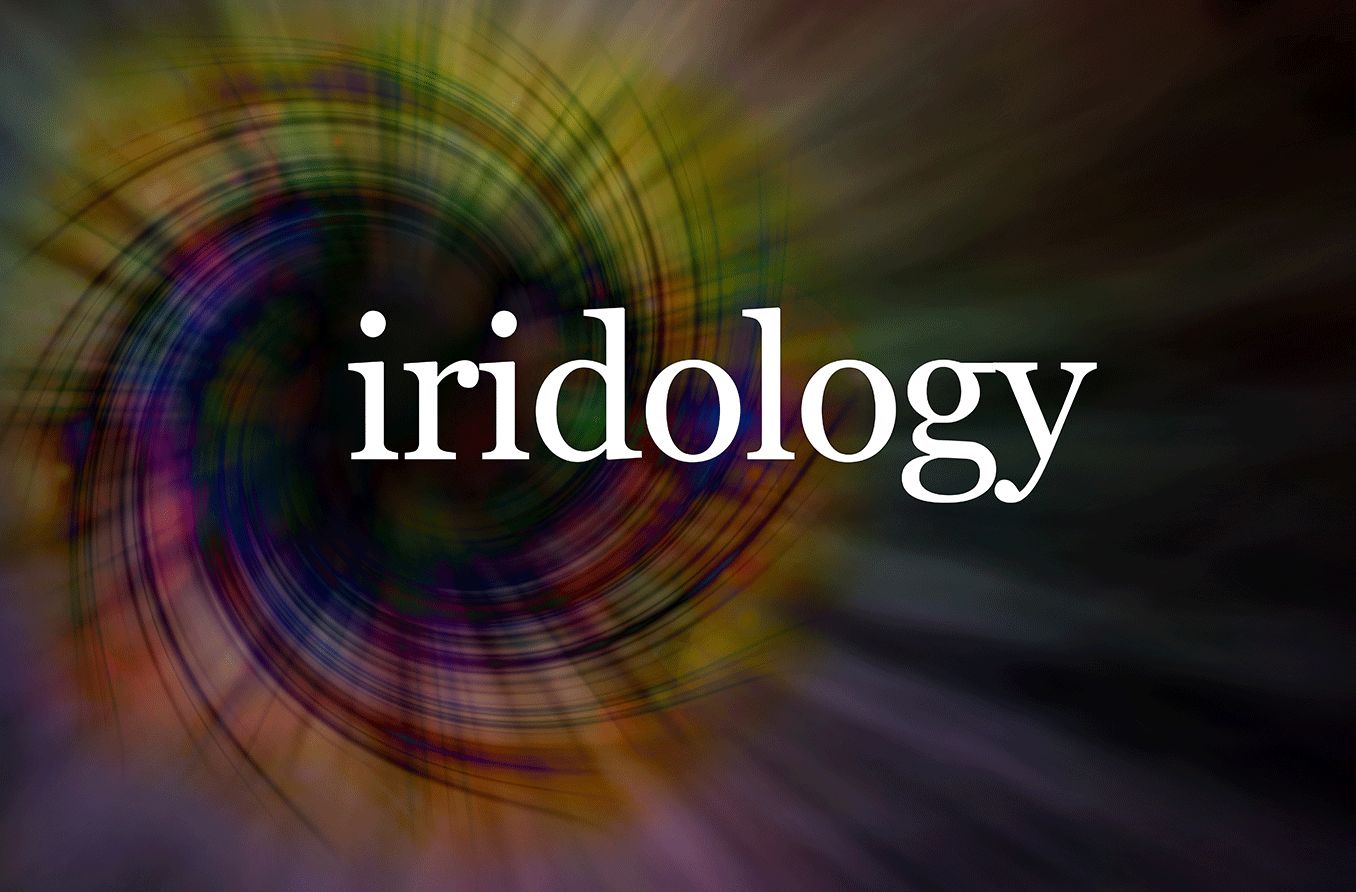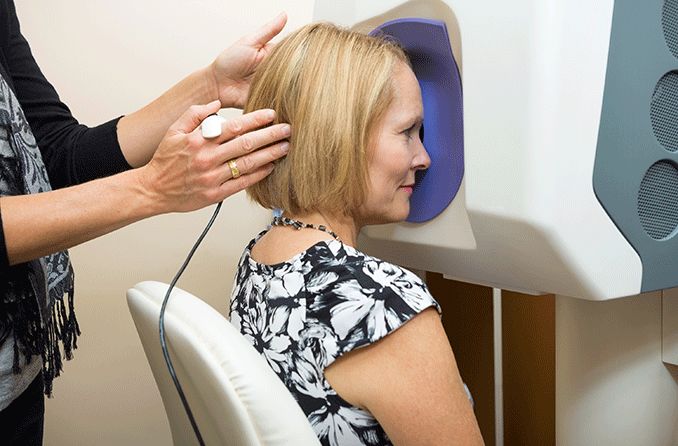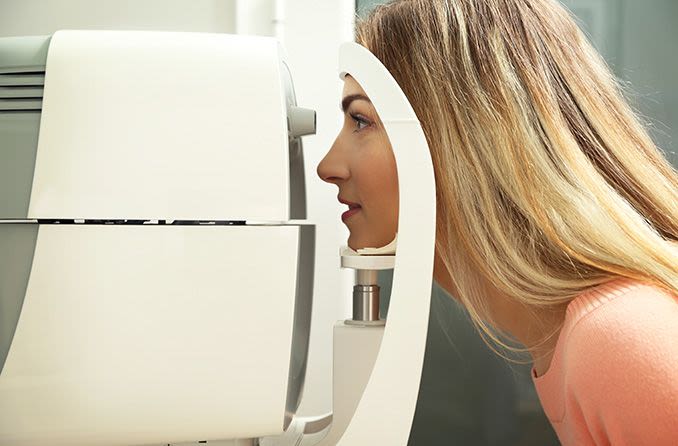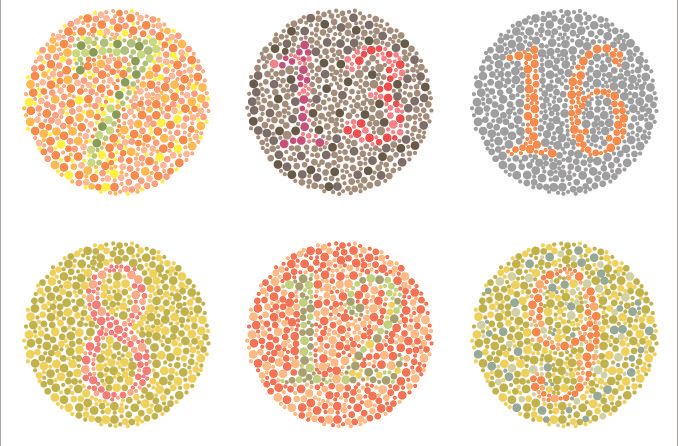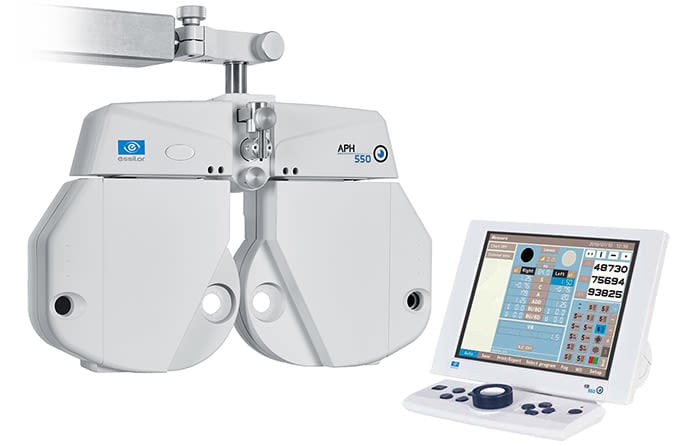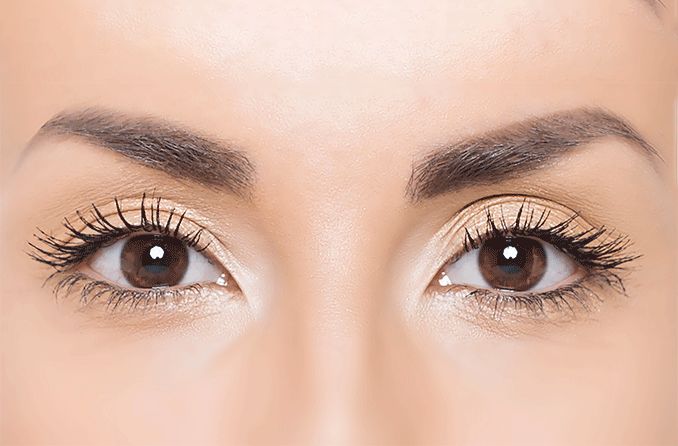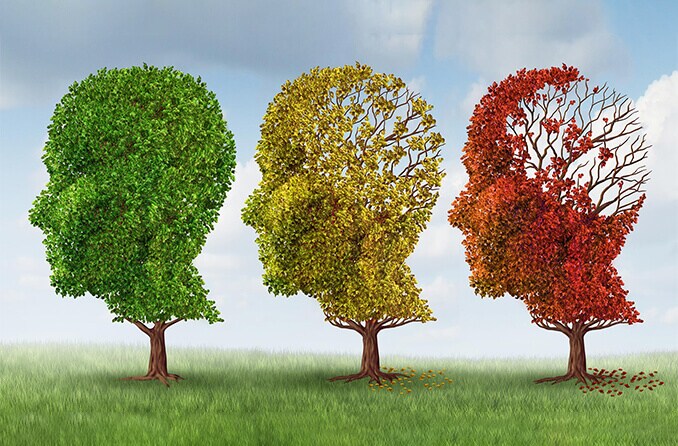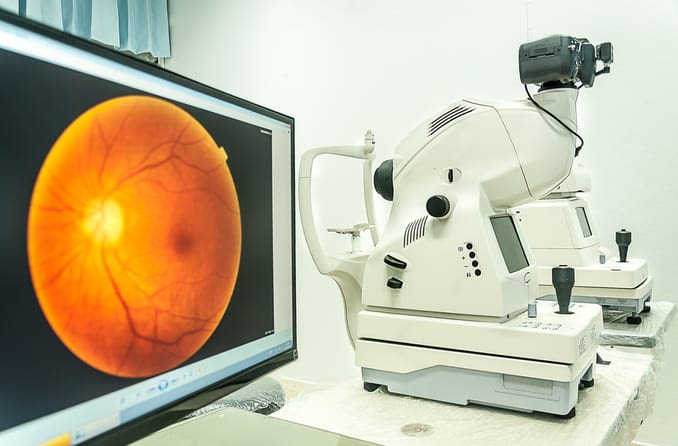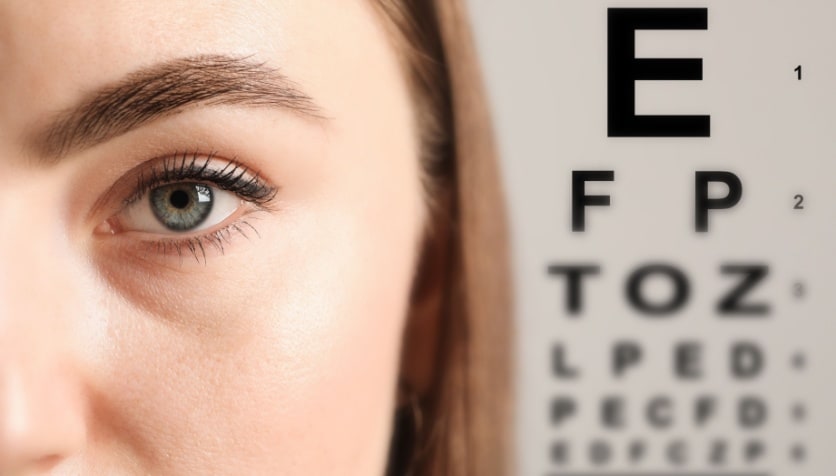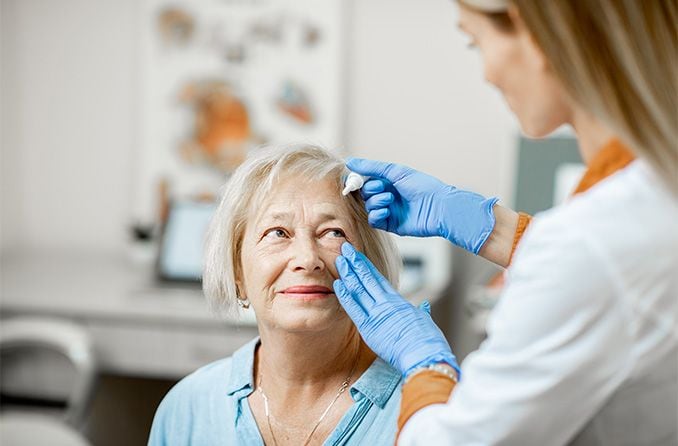“The eyes have it” is a literal statement when it comes to the practice of iridology. But how legitimate is this holistic approach to health?
What is iridology?
Iridology is a holistic practice in which a person, called an iridologist, looks at a person’s eyes and uses what they see to determine any physical ailments that may be present in the body.
More specifically, the practitioner looks at the iris (the colored part of the eye) for any abnormalities in pigmentation. Iridologists believe that a unique feature or pattern in the color of the iris can indicate that a disease or condition may be present. They then determine the type of ailment based on where the feature or abnormality is located on the iris. (This is done using an iridology chart, discussed in the next section).
If an oddity is found during the examination, the iridologist informs the individual. From there, they can begin to prepare themselves for the treatment of the condition that is believed to exist.
How does iridology work?
What types of conditions can an iridologist detect, and how do they do it?
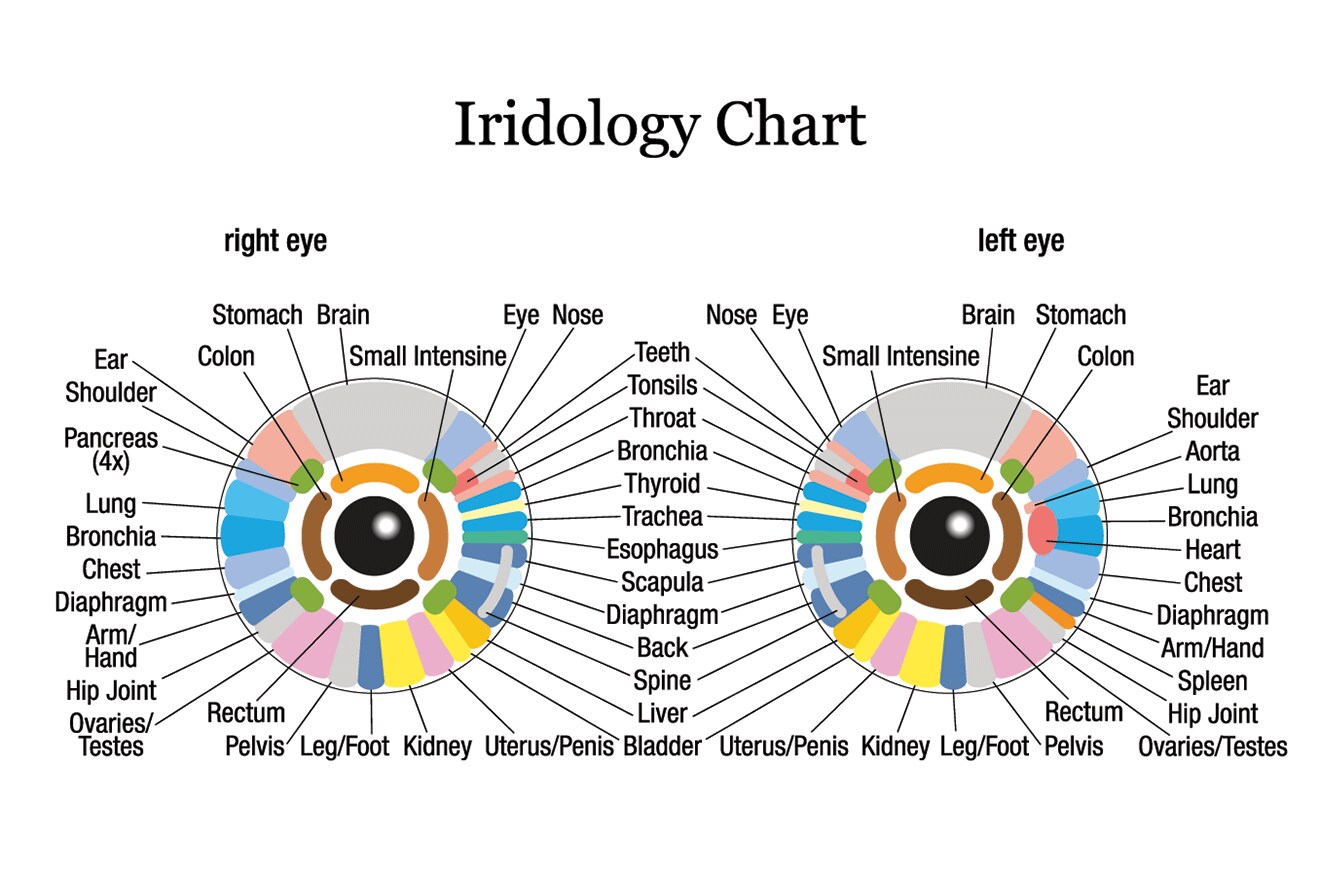
Iridologists use a diagram called an iridology chart to complete their readings. This type of chart includes a “map” of the irises in the left and right eyes. Each iris is divided into 60 different sections, each of which represents a different part of the body.
Each organ and structure of the right side of the body corresponds to a specific sector on the iridology chart’s map of the right iris. The same goes for the left side; each structure or organ found on the left side of the body has an assigned sector in the map of the left iris.
During a session, the iridologist looks for abnormalities in the pigmentation of both irises in a client’s eyes. Let’s say there is a discoloration or oddity located in the bottom center of the right iris. The iridologist would identify which body part is located in the corresponding section on the iridology chart. (In this case, the corresponding structure is the right leg — which means that the person’s right leg may be flawed in some way.)
Once the condition or flaw is determined by the iridologist, he or she lets the client know the precise location of the issue. Herbs or supplements may be recommended for minor problems, but major underlying conditions, injuries or other concerns should then be referred to and addressed by a medical doctor.
Note that iridology is simply a way of identifying a possible health problem. It does not provide a proper medical diagnosis or treatment plan, though some supplements may be recommended at the time of the reading.
What health issues do iridologists identify?
A reading in the practice of iridology is said to help a practitioner identify the following:
- Inflammation in the body
- Vitamin deficiencies
- Stress, such as how much stress a person tends to hold and where they hold it
- A general amount of strength a person has
- How well a person’s tissues and other internal structures function
- The quality of a person’s digestion
- Where a person’s unexplained symptoms originate in the body
This insight can help a person understand their body more than they did before. But again, any major problems found should be evaluated and addressed by a medical professional.
Is iridology legitimate?
While there are many people who practice iridology, it is not scientifically backed. In fact, some scientists and eye care professionals strongly discourage the methods behind iridology, because they can be potentially harmful to those with serious underlying conditions.
There is no harm in having your eyes “read,” but health problems, both big and small, often require monitoring and treatment by a medical doctor. And an iridologist is not considered a medical doctor, despite even the most in-depth training they may receive to detect ailments based on the features of the eyes.
SEE RELATED: Old wives’ tales about the eyes: Truth or myth?
When was iridology discovered?
Some believe that iridology emerged in Egypt, India and China over 3,000 years ago. But the discovery of modern iridology is often credited to a Hungarian physician named Ignatz von Peczely in the 1800s.
As a child, von Peczely accidentally broke the leg of an owl he was playing with. As time went on, he noticed a change in the coloring and characteristics of the owl’s iris. It was a discovery that led him to study the effects that various illnesses have on the iris — and in 1880, he created an iris chart to reflect his findings.
Additional research has been conducted by holistic practitioners around the world since, and iridology has grown more popular among various populations. Some cultures consider it to be a useful and promising tool in medical diagnostics. But many doctors and health care professionals argue against the practice.
Who might iridology benefit?
Those who believe in holistic health practices may benefit from iridology. Some iridologists recommend herbs and supplements to their clients based on their observations, which may be a useful addition to their daily routine.
Some may also find value in iridology as a tool to identify possible health conditions, and use this information to improve their lifestyle. Iridology may also help establish questions to ask a physician during a follow-up medical exam.
But regardless of the benefits iridology may offer, it’s important to remember that it is not a scientifically or medically backed process.
Can your eyes help detect any medical conditions?
Your eyes actually can tell your doctor a lot about your health. Some conditions — such as diabetes, high cholesterol and high blood pressure — damage blood vessels throughout the entire body (including the eyes). This means a routine eye exam may be the first place they’re detected.
READ MORE: 8 things your eyes can reveal about your health
Iridology is not a substitute for serious medical care
Learning about your body through the pigmentation of your eyes makes iridology quite intriguing. And there’s nothing wrong with being curious about the story your eyes tell.
But iridology is not a substitute for medical exams, diagnoses or treatment under the care of a doctor. And the practice itself only helps identify conditions that may be present — it doesn’t offer a plan for treatment.
Always schedule routine wellness exams with your physician and annual comprehensive eye exams with an eye doctor. If you suspect any problem with your health, it’s best to seek advice from someone with a medical background.
READ NEXT: Eye exams: 5 reasons why they are important

